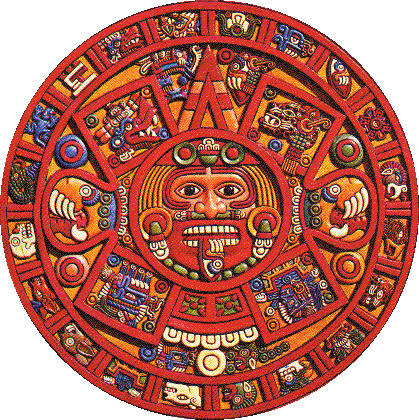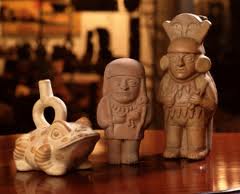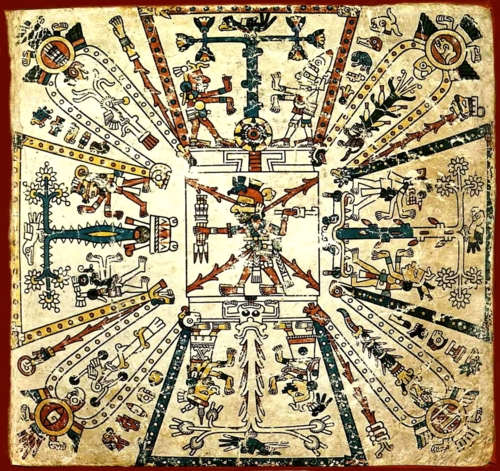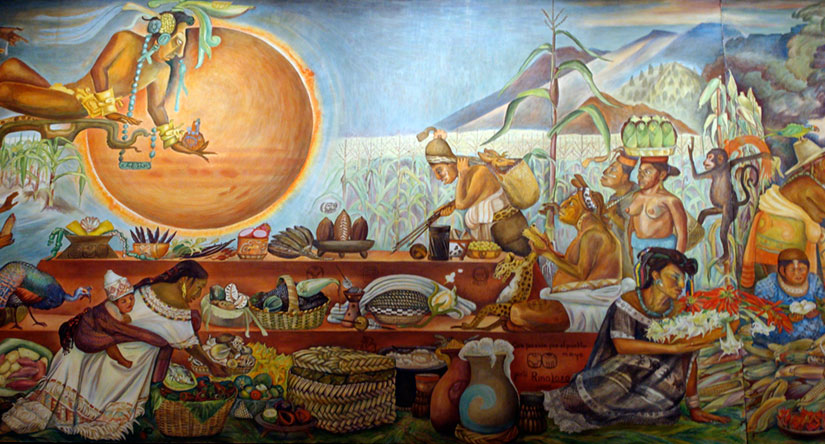What are Mayan, Inca and Aztec Civilizations? |
Today where the rain forests of Guatemala now stand, a great civilization once flourished. The ancient Maya once occupied a vast geographic area in Central America. Their civilization extended to parts of what is now Mexico, Honduras, and El Salvador, and most of Guatemala and Belize.
Here is a timeline of Mesoamerican empire
The Maya or the Mayan is basically a Mesoamerican civilization, distinguished and highly renowned for the only known fully developed written language of the pre-Columbian Americas, along with its art, architecture, and mathematical and astronomical systems.
The Ancient Maya developed the science of astronomy, calendar systems and hieroglyphic writing. They were also known for creating elaborate ceremonial architecture, such as pyramids, temples, palaces and observatories. These structures were all built without metal tools. It is believed the first humans reached Central America about 15,000 years ago. The first identifiable culture, Clovis, existed around 10,000 BC. Some stone tools dating back to 9,000 BC have been found in Guatemala. Around this time, the Fourth Ice Age was drawing to a close and the climate was gradually warming up enabling humans to begin eating more plants and less meat. This change was underway around 8,000 BC. The Maya were skilled at making pottery, carving jade, knapping flint, and making elaborate costumes of feathers. One of the finest carved jade objects of Mayan civilization, the head of the sun god Kinich Ahau, was found in a tomb at the classic period site of Altún Ha, thirty kilometers northwest of present-day Belize City.
Tikal is one of the maya capital. Tikal is one of the Maya ruins that has supplied researchers with abundant information. So much so, in fact, that a large museum has been erected at the site to house ceramics, jade carvings, hardwood carvings and more than 100,000 tools, objects of worship and other decorations. The Ancient Maya were extremely precise in their time measurements, and their calendars reflect the fractal intelligence of Nature. The 5,125 year cycle is made up of 13 smaller cycles, known as the "13 Baktun Count." Each baktun cycle is 394 years long, or 144,000 days. The Maya calendar was adopted by the other Mesoamerican nations, such as the Aztecs and the Toltec, which adopted the mechanics of the calendar unaltered but changed the names of the days of the week and the months.
|








